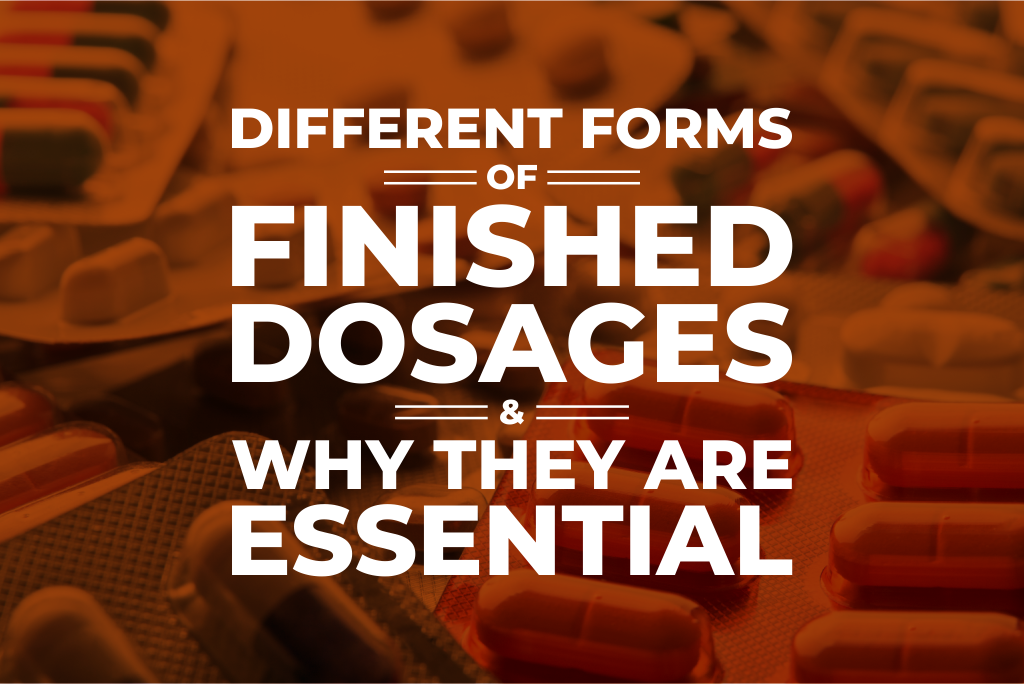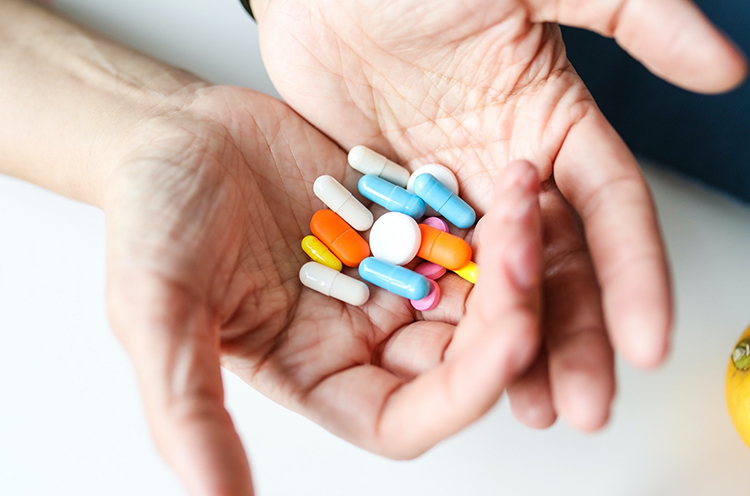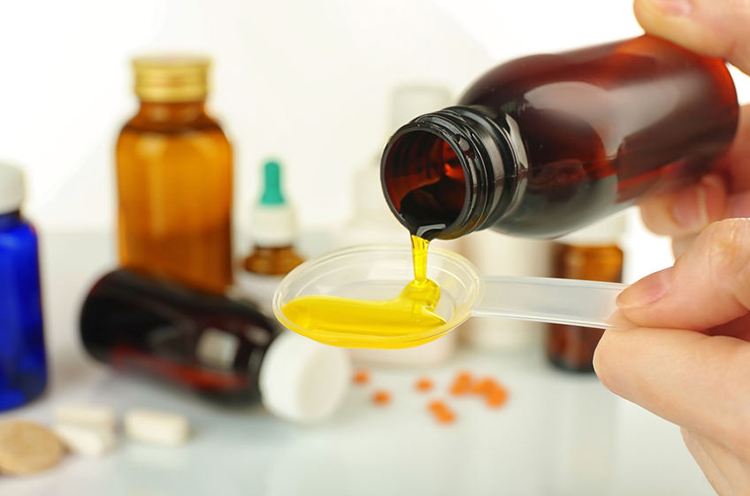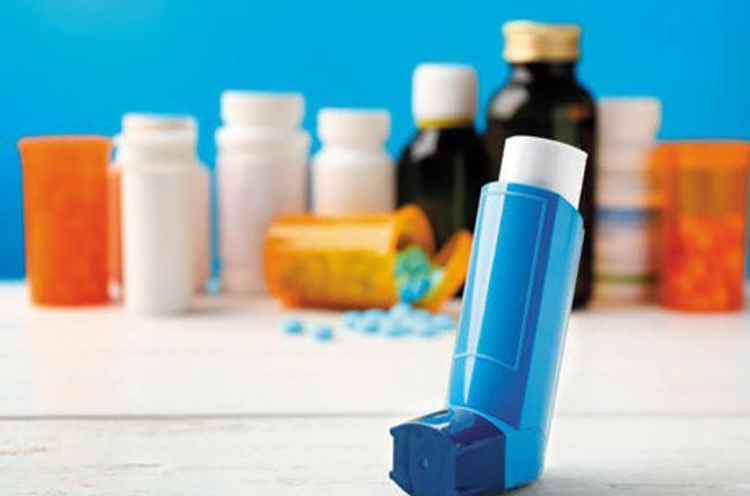
The pharmaceutical industry can be portrayed as a complex system of processes, operations, and organizations to discover, develop, and manufacture drugs. Pharmaceutical companies operating in this industry are responsible for:
- Research and development (R&D) activities
- Development and manufacturing of active pharmaceutical ingredients (APIs)
- Drugs manufacturing (FDFs)
Regulatory authorities EMA, WHO, and FDA, have published the guidance on the manufacturing of drug products. In addition, GDUFA (The Generic Drug User Fee Act) defines an FDF as:
(A) a drug product in the form in which it will be administered to a patient, such as a tablet, capsule, solution, or topical application;
(B) a drug product in a form in which reconstitution is necessary before administration to a patient, such as oral suspensions or lyophilized powders; or
(C) any combination of an active pharmaceutical ingredient (as per statute) with another component of drug product for purposes of production of drug product described in subparagraph (A) or (B).
In simple terms, FDF stands for Finished Dosage Form, and it refers to the actual finalized drug product that is meant for consumption. Finished Dosage Form(s) means concerning a Product, the finished package form of such Product ready for sale to wholesalers, hospitals, or end-users. A specific dosage form may be a requirement for certain drugs due to various factors like chemical stability or pharmacokinetics. The reasons for converting drug to dosage forms are mentioned as below:
- Accurate dose
- Protection, e.g., coated tablets, sealed ampoules
- Protection from gastric juice
- Masking taste and odor (to make palatable)
- Placement of drugs within body tissues
- Sustained-release medication
- Controlled release medication
- Optimal drug action
- Insertion of drugs into body cavities (rectal, vaginal)
- Use of the desired vehicle for insoluble drugs
Different finished dosage forms are listed on the FDA website as “Dosage Forms.” Dosage forms can be classified into two ways: their physical form and their route of administration. Types of physical forms are solid, semi-solid, liquid, and gaseous. In addition, oral, topical, rectal, parenteral, vaginal, inhaled, ophthalmic, and otic are routes of administration. Some common dosage forms are discussed below:

Solid Dosage Forms:
- Tablets: Tablets are solid dosage forms containing granulated or powdered drugs that are compressed or molded into round or other shapes. Examples of tablets are Aspirin, Clomipramine, Doxycycline Hyclate, Montelukast Sodium, etc.
- Capsules: Capsules are one of the most famous forms of oral administration. They are small containers made of gelatin. Hard-shelled capsules are generally used for dry, powdered ingredients. Soft-shelled capsules are used for oils and active ingredients dissolved or suspended in oil. Examples of Capsules are Acetaminophen, Amoxicillin, Azithromycin, Cefadroxil, Diclofenac Sodium, Morphine Sulfate, etc.
- Powders: Powders are medicinal substances in a dried and finely divided form and can be used externally and internally. Clotrimazole, Povidone Iodine, and Neomycin + Bacitracin are some examples of powders.

Semi-solid Dosage Forms:
- Creams: Creams are semi-solid emulsions, mixtures of oil and water. Betamethasone Valerate is an example of a skin cream.
- Pastes: Pastes are ointments into which a high percentage of insoluble solid has been added.
- Gels: Gels are colloidal aqueous suspensions of hydrated inorganic substances. Examples of gels are Lidocaine and Sildenafi
- Suppositories: Suppositories are a mixture of drugs with a firm base that can be molded in shapes suitable for insertion into a body cavity. Diclofenac Sodium, Domperidone, Naproxen, Phenylephrine, Progesterone are some suppositories.

Liquid Dosage Forms:
- Syrups: A concentrated aqueous sugar solution, usually sucrose, added to medications. Flavored syrups are a convenient form of masking disagreeable tastes. Amoxicillin + Potassium Clavulanate, Azithromycin, Dihydroartemisinin + Piperaquine Phosphate, Fluconazole, Itraconazole are some dry syrups.
- Solutions: Oral solutions are clear liquid preparations for oral use containing one or more active ingredients dissolved in a suitable vehicle. Dexamethasone Sodium Phosphate, Moxifloxacin, Neomycin Sulfate + Dexamethasone Sodium Phosphate, Silver Nitrate are some ophthalmic solutions.
- Suspensions: They are subdivided into oral, topical, injectable, otic and, rectal suspensions. An injection is an infusion method of putting liquid in the body, usually with a hollow needle, a syringe pierced through the skin to a sufficient depth for the material to be forced into the body. Acyclovir, Atenolol, Chloroquine Phosphate, Lidocaine, etc are injectables.
- Emulsions: Pharmaceutical emulsions are liquid dispersed systems in which the dispersed phase is composed of small globules of a liquid distributed throughout a vehicle in which it is immiscible.
- Sprays: They are a solution of one or more drugs in oil or water, administered by atomizers. Benzocaine, Lidocaine, Oxytetracycline HCl are examples of sprays.

Gaseous Dosage Forms:
- Aerosols: Aerosols are suspensions of drug particles or drug solutions in the air. They are used to inhale drug delivery to the lung. Volatile propellants are frequently used as vehicles for pharmaceutical aerosols.
- Inhalers: Inhalers are drugs that can be carried into the nasal passages with inhaled air because of their high vapor pressure. Beclometasone Dipropionate, Fluticasone Propionate, Salbutamol are some inhalers.
Conclusion:
With technological advancements, innovative dosage forms are boosting the market. Regardless, solid dosage forms remain prevalent amongst other dosage forms for the large populations of the developing world.
NEWEDGE Overseas has a wide range of Finished Dosage Forms that include, but are not limited to, tablets, capsules, ointments, syrups, injectables, and eye & nasal drops. Kindly contact us for your finished dosage form requirements.